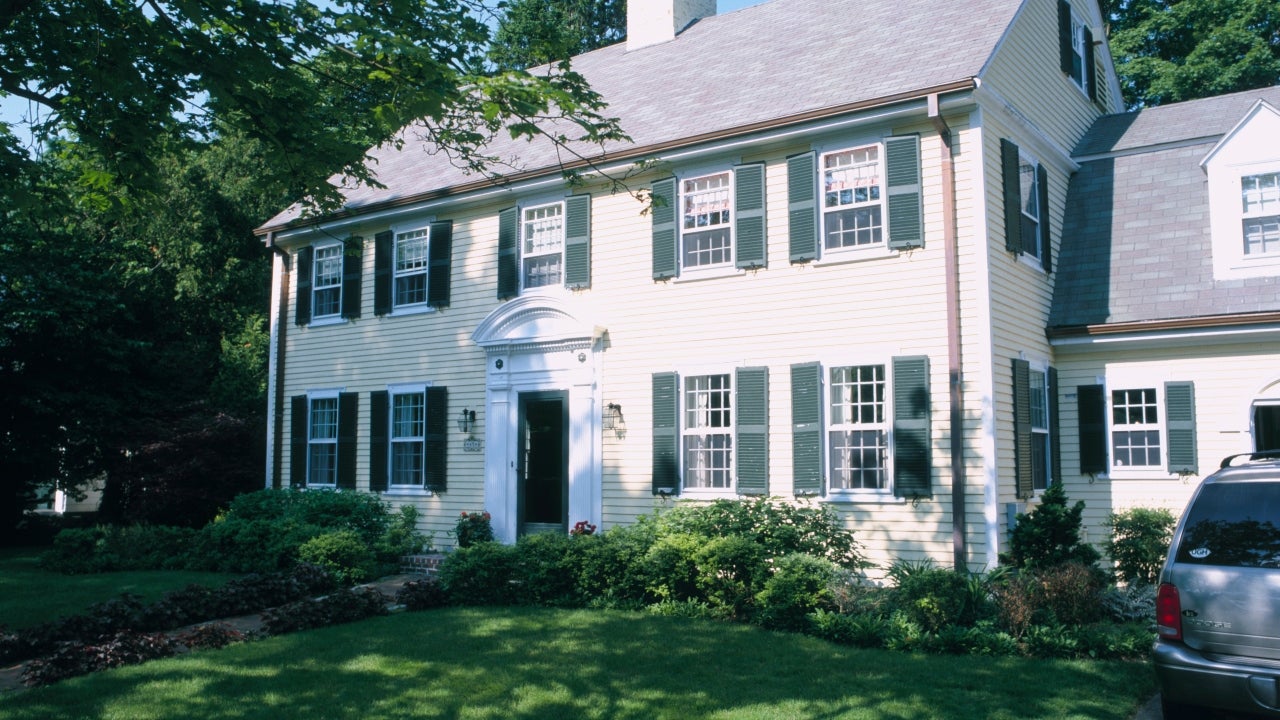How to resolve a property line dispute before selling your home

If you’re looking to sell your home, you have a very hot housing market working in your favor these days. That’s a formula for landing a good deal — but a property line dispute could slam the door on your opportunity to cash in. Do you have a complete understanding of where your property begins and ends? If not, you’ll want to do some homework before listing it.
How a property line dispute can ruin a sale
Real estate transactions involve a mountain of paperwork, and in many states, one of the documents in that sky-high stack is a disclosure form or statement. That disclosure is a crucial part of establishing trust with prospective buyers, because it lets them know that you, as the seller, are not aware of any material defects or other red flags with the property, including property line or encroachment issues.
Of course, if there are problems that you are aware of, you’ll have to note that through the disclosure, as well. When selling a home in Illinois, for example, the seller has to indicate awareness of a boundary or lot line dispute, often referred to as encroachment, on the disclosure. If you check the box next to a boundary dispute, you can bet the buyer’s lawyer or real estate agent will want an explanation before proceeding to next steps.
What is encroachment?
An encroachment is a type of property line dispute wherein a neighbor has built something that sits on or crosses the property line.
“There are a number of common scenarios where property disputes are more likely, such as if neighbors share a driveway, live on a private road or have irregular-shaped lots with shrubs planted around the property line,” explains Diane Tomb, CEO of the American Land Title Association (ALTA).
If the property in question is accessible only via a private road located on another person’s property, for instance, this can create headaches when it comes time to sell. “If the seller or their predecessor never received an easement for the road, the neighbor can shut off access at any time,” says Tomb. “This is more common in areas that were once rural or in exurbs, but also can happen in cities if parking is located in an alleyway.”
Some forms of landscaping might literally blur the property line as well, which can have ramifications if the buyer is looking to remodel. “Occasionally, as trees age or are replaced, they can encroach or make the property line appear to be different to the eye than it is on paper,” says Tomb. “If the buyer is planning renovations or an addition that must be set back a certain amount from the property line, they may back out of a deal if the survey shows the property line is actually closer to the house than originally thought.”
How to resolve a property line dispute
1. Start with a friendly conversation
If you’re facing a disagreement about what belongs to you and what belongs to your neighbor, Tomb recommends trying to find a friendly resolution. “The best scenario is that the neighbors both see the issue and agree to resolve it,” says Tomb. “For example, one neighbor can give the other an easement or deed for the impacted land.”
2. Hire a surveyor
Many lenders and insurance companies ask borrowers — ie, buyers — to get a survey to verify the boundaries of the property. Since the lender is technically paying for the property, and the insurance company will have to cover the costs if a covered event happens on it, both parties will want to know the exact parameters of the property before committing to financing and coverage.
Who pays for a survey?
Rather than waiting for a buyer to potentially be forced into one, the seller could proactively hire a surveyor in the hopes of a smoother transaction. According to HomeAdvisor, a property survey typically costs around $504, but the surveyor can charge an additional $20 to $25 per hour for a boundary line adjustment or a legal boundary line description. The cost may also depend on your location.
3. Seek legal advice
If that friendly conversation turns out to be less-than-friendly, you’ll likely need to seek legal assistance. “Property line disputes tend to be costly and usually require a lawyer,” says Tomb. “Often, by the time a dispute is discovered, the neighbors are already fighting and the only way to resolve it is to go to court in a quiet title action.”
Paying even more for legal services may not be an expense you want to incur, but it can help you avoid a potentially even bigger cost: missing out on the opportunity to sell.
Why we ask for feedback Your feedback helps us improve our content and services. It takes less than a minute to complete.
Your responses are anonymous and will only be used for improving our website.
You may also like

How to sell a house by owner in Minnesota


When and how to fight a denied homeowners insurance claim

How to buy a house for sale by owner


